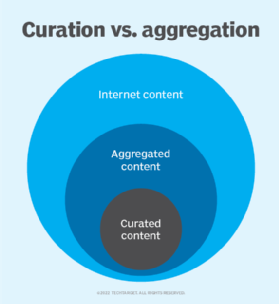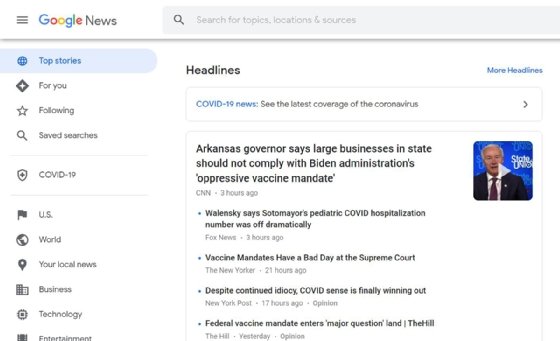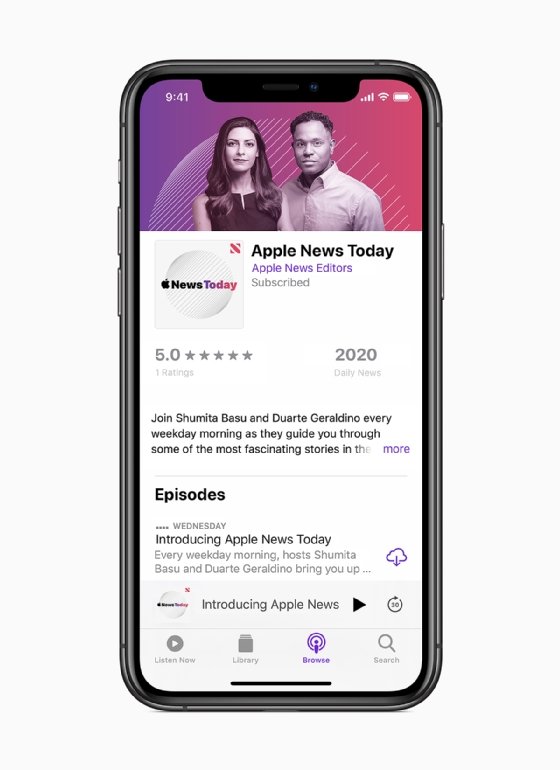content aggregator
What is a content aggregator?
A content aggregator is an individual, organization or tool that collects web content and applications from different online sources for reuse. Content aggregators do not produce their own original content.
There are two types of content aggregators: those that gather content to display for internal use and those that gather content to distribute to customers. The latter approach is also called syndication. Aggregators may collect different types of content, including blogs, news and social media posts.
Content aggregation is a way to organize the vast amount of content and information on the internet and, in doing so, combat information overload. It can be useful for content creators, consumers and marketers, and is also a component of enterprise content management (ECM) strategy.
How do content aggregators work?
Content aggregators collect data from multiple sources on the internet and put it into a single repository. Aggregators continuously gather new content as it is published. Often, content aggregators automate this function using RSS feeds, or they may look for content that centers around a certain topic or contains certain keywords.
Some content aggregators rely on more sophisticated tools that use artificial intelligence (AI) to search for, filter through and collect content. For example, a news aggregator using an AI tool automatically reads thousands of articles on the web and has an algorithm that determines the most insightful ones or prioritize them based on defined criteria that may include the following:
- specific keywords
- hashtags
- trends
- topics
- similar content
In the case of similar content, a user could feed a content aggregator a piece of content that will serve as a model for finding similar content. Users can then give the AI aggregator feedback about which results were helpful. The AI tool uses the input to select future content.
Aggregation programs are often web applications that may use application programming interfaces to connect with other web applications.
Content curation vs. aggregation
content curation and aggregation are two separate parts of the process of gathering and republishing existing content.
Content aggregation
Aggregation refers to the collection and organization of data and content on the back end. Aggregation is often an automated process. Aggregators get their sources from the web by automatically searching for certain characteristics -- like keywords -- in the content. By frequently posting content, aggregators have a positive effect on search engine optimization.

Content curation
Curation is the organization, arrangement and presentation of the content so that it can be easily accessed and used. Curators can be individuals or businesses, and curation is generally a manual process.
Content curators should have access to several sources which they can pull a variety of content from. An individual could theoretically use content aggregation tools to pull together content automatically, then manually go through that content, picking the best to curate it. Successful curation relies on using insights about end users' needs to strategically share content through communication channels.
An example of content curation is when social sites like Twitter and YouTube use machine learning to detect and remove harmful content.
Why use a content aggregator?
The main benefit of content aggregation is that it brings together a lot of content relevant to a specific topic or area of focus. Aggregators usually organize the information efficiently and make it possible to find content quickly.
Some reasons people and organizations use content aggregation and content aggregators include the following:
Consumers gain access to a large variety of content that they may not otherwise see. This allows them to keep up with new content about existing interests and discover new interests.
Content creators use content aggregation to expose their works to broader or new communities and to get increased visibility for their content.
Digital marketers can use content aggregators to improve their digital content marketing strategies by distributing content on multiple platforms to gain exposure to a wider audience. They can also use aggregators to see who is engaging with their content on various platforms.
Types of content aggregators
Aggregators differ based on the type of content they work with and the sources they gather content from. Aggregators can gather content from one source and organize it in one place for easier curation. For instance, a business may use an aggregation tool to organize its internal content.
Some of the types of content where an aggregator may be used include the following six:
- Blogs. Blog aggregators gather niche blog posts from multiple sources and present them on a central site. Blog Engage is an example of a blog aggregator.
- News. These aggregators gather news from multiple sources. Examples include Google News and Apple News.
- Social media. Social media aggregators, such as Curator, take information from various social sites like Facebook and Twitter and display that information as a live feed.
- Research Research aggregators gather information from research journals to answer questions from specialists or to keep up with trends in various industries. Feedly can be used to aggregate research articles.
- Services. Service aggregators gather multiple service providers and categorize them to make it easier for users to browse through the choices and select one. For example, Airbnb presents all the possible places a user could stay in a particular location.
- Video. Video aggregators bring together recently published videos on specific topics from a variety of sites. YouTube is an example of a video aggregator.

Examples of content aggregators
Content aggregators are usually web-based tools or applications. Some tools can aggregate different content types and are often customizable to enable users to focus on specific types of content.
Examples of content aggregation tools include the following:
- AllTop is a news aggregator.
- Apple Podcasts aggregates podcasts.
- Blog Engage is a blog aggregator.
- Curator is a social media aggregator.
- Google News aggregates news content.
- Feedly is an AI-powered aggregator for any content type.
- Flipboard is a blog aggregator with a customizable feed.
- Information and content exchange (ICE) aggregates financial and market data.
- Panda is a news aggregator.
- Rotten Tomatoes aggregates movie reviews.
- Reddit is a news and social content aggregator.
- Science News aggregates science-related content.
- Travel Blogger Community aggregates travel-related content.
- Taggbox is a social media aggregator that marketers use to see who is posting about them.

Getting started with content aggregation
Content consumers can use one of the above tools to view the content of their choosing. Individuals interested in doing their own content aggregation can use a site like WordPress for a low-cost way to display aggregated content.
Operating a content aggregator site is like operating a website with specific functionality and will require the following:
- a domain name;
- a web hosting service; and
- access to an RSS feed plugin or feature.
Hosting services and domain names are often available as subscription. Users can then customize their RSS feeds to publish the content on a website.

When aggregating content, these are four best practices to follow:
- Add value. Posting content from another source should be part of a broader context that enhances the user experience. There should be a good reason why the user is getting the content from the aggregator as opposed to using the original source.
- Diversity is important. If the goal of the aggregator is to present users with a selection of content from the web, make sure all of the content doesn't come from the same source. Having different content sources adds value.
- Link to the original. Give users the option to access the original source of the aggregated content, especially in the case of news stories and blogs. This benefits both the creator and the user.
- Quality is more important than quantity. It is important to present only valuable information to readers because the point of aggregation is to organize information and do some of the screening for the user. This is why curation to complement aggregation is often a good idea.
Enterprise content management software lets businesses and other organizations use content and data aggregation to gather internal documents and data in one place and ease access for employees. Learn about popular ECM software options.







